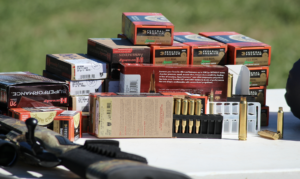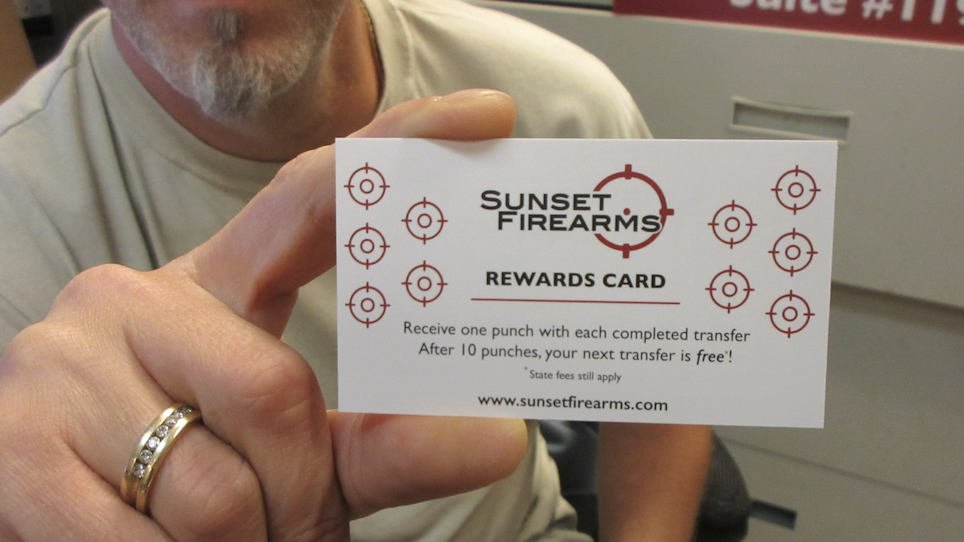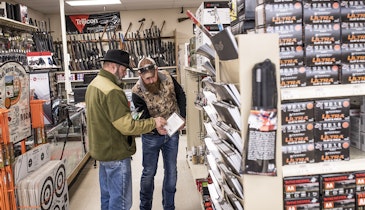“Do you have your My Lowes card with you?” the clerk asked. Yes, Lowes Hardware, the mega home improvement chain, now helps customers track their spending habits and stay atop items purchased for projects. The company then also uses that card for another purpose — to offer specials and discounts on products via email and the standard mailbox to those card-holding customers.
Also, when that customer is in the store and shopping, clerks at the register can see those purchases and offer upgrades, warranties or additional options. The trend of tracking purchases and being more focused on frequent buyers is well underway in America. Are you focused on your frequent buyers?
Customer cards and frequent buyer memberships offer a wide range of benefits to customers — and retailers and ranges. Those cards and memberships can make customers feel more connected to your business. Starbucks, mega grocery chains, Costco, Lowes, Best Buy and other well-known businesses increasingly use these type cards and programs to help customers feel that they “belong.” Some of these frequent buyer cards come with perks, such as offering rewards including discounts or a freebie after a specific number of items purchased or dollars-spent levels are reached.
Are your frequent customers also next-level card carriers? They should be.
For example, the business card issued by Sunset Firearms in Wilsonville, Oregon, provides the standard store name and the full contact information on the front side of the card, but turn that standard-size business card over and the back has a series of outlined punch holes. For the customers who make 10 firearm transfers, No. 11 is FREE.

Ammunition is a must-have for shooters, but it is widely available at many locations in most regions. A frequent buyer program can keep customers returning and buying more in your shop. (Photo: Mike Faw)
“The rewards card I offer is the result of a customer suggestion,” says Gordon Ross, Sunset Firearms owner. “I worked with a local graphic designer for the layout of the card so punching the rewards side does not remove the contact information on the other side. And I have quickly learned, everybody wants something for free. This program brings customers back.” Like many such independent retail businesses in the shooting sports industry, a good portion of sales in his shop are transfers from online firearms purchases.
Other innovative business have frequent buyer or membership programs where five or ten trips to the range for those frequent customers can result in a free hour of range time or possibly a free box of ammunition. Shady Oaks Gun Range in Cedar Park, Texas, is another industry example offering incentives to frequent customers. In this well-liked range, after 10 visits and lane rentals at the range, the 11th visit is free for members. This gets mentioned numerous times in customer reviews on the range’s social media channels. Word of mouth and online testimonials are much better and more believable than most traditional advertising channels.
Other examples of building frequent customer loyalty are reward cards that permit those customers to spend the amount awarded from participation levels on the items of their choice. Some shops and ranges provide these after set amounts (such as $500 or $1,000) are spent in the shop.
Thus, if the buyer bought a new pistol or MSR, he or she could use that frequent buyer card and the awarded value dollars to possibly purchase a holster, ammunition, a soft gun case or maybe apply those dollars to a small safe. Imagination and innovation are the beginning when implementing a frequent buyer program. Keep it simple (KISS) but make it interesting — and rewarding.
You can see the values and rewards to frequent buyers are only limited by your imagination, but these programs are very effective at converting standard customers into solid returning customers. Basic marketing numbers always reveal it is easier to keep a customer than to find a new one, and this practice advances that theory.
The lure of obtaining something FREE is attractive to everyone and truer to those in the firearms culture. More innovation is underway everywhere to provide these rewards to frequent shoppers — possibly e-gift cards or codes — or other frequent customer benefits to that market segment through apps. The possibilities for rewarding frequent buyers and get them to return and open their wallets are endless.
There are also companies that, for a fee or percentage, can help you determine the programs and the delivery method if you want a professional frequent buyer program with all the bells and whistles. These can be found online, or possibly through your bank or supplier of firearms and ammunition. Those channels may also offer insight into what other locations and businesses similar to yours have done to reward frequent customers.
By the Numbers
Need to know more about frequent buyers? One data source about frequent buyers and loyalty programs reports the average U.S. household holds membership in 14 buyer programs, but only utilizes six of them regularly. Are you among those top six with your customers?
Marketing research data indicates those frequent customers with loyalty cards also provide another bonus benefit to you and your retail center — they tell others. By some estimates, frequent buyers with loyalty cards or membership in a program are more than 70 percent likely to tell others about your business and the program. Word-of-mouth advertising and promotion is recognized as one of the top drivers of business at the sales counter — and for pulling customers through the front door.
Another strong benefit of a frequent buyer program is data gathering. Unlike a once-at-the-counter customer who buys and disappears, frequent buyers can be tracked via that specially assigned number or other frequent buyer identifier. You can determine when and what they buy, how those purchases related to special promotions or advertised specials you may have held, and other data that can aid in planning future sales and promotions along with what to stock on shelves, and when to stock those items.
Frequent buyer clubs are growing and offering more perks. If you have a frequent buyer program now, be certain to upgrade your existing customers to the new benefit level during upgrades so they also receive the added benefits and bonuses. This move can work to again build that bond with frequent buyers. A free upgrade can remind those customers that they hold benefits and spur them to take action, i.e. go shopping.

The shooter is testing shotshells for a hunt and has purchased seeral types and many boxes. Rewards for buying quantities are common in today's retail environment. (Photo: Mike Faw)
Need Help to Start?
Don’t reinvent the wheel to develop a frequent customer program or the membership card you will issue or provide. There are numerous online sources to help with the design of the card to hand to your frequent buyers.
For a good example, see Vistaprint. A Bing search can reveal many other examples. As a rule, the membership card should be standard size, easy to understand, stand out and have a space for the holder’s information. If there is an ID number, that can be used in your store’s cash register and tracking/inventory system possibly.
Some businesses offer both frequent buyer programs (the more you spend the more you earn) and loyalty programs where points are earned and can only be spent on specific things. Some shoppers find these confusing and frustrating to track and to use. Some places also have points and perks that are set to expire after one year.
This avenue, however, could encourage some customers to shop but others will become very frustrated when they come to use the card and find all their benefits lapsed. Programs that require filling out forms, sending receipts and cutting and pasting things like bar codes can also be frustrating. The best frequent buyer programs are easy to use and easy to understand. KISS!
Don’t just hand out a frequent buyer card and consider your job done. Work to engage those customers, learn their names, what they want, what they shoot, other places they shop or shoot and as many details as possible. If you have trouble remembering, write down those details. Review those notes regularly so when the customer arrives at the counter, you can have a great and memorable conversation. In addition to belonging and getting a freebie, customers like to be recognized and remembered.
Frequent buyers generally lead in the 80/20 rule. It’s possible 80 percent of your revenue comes from less than 20 percent of your customers. It’s a safe bet most of those customers are frequent shoppers. Are you focused on them?






